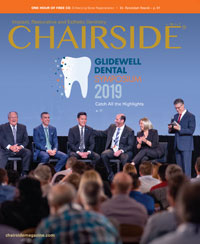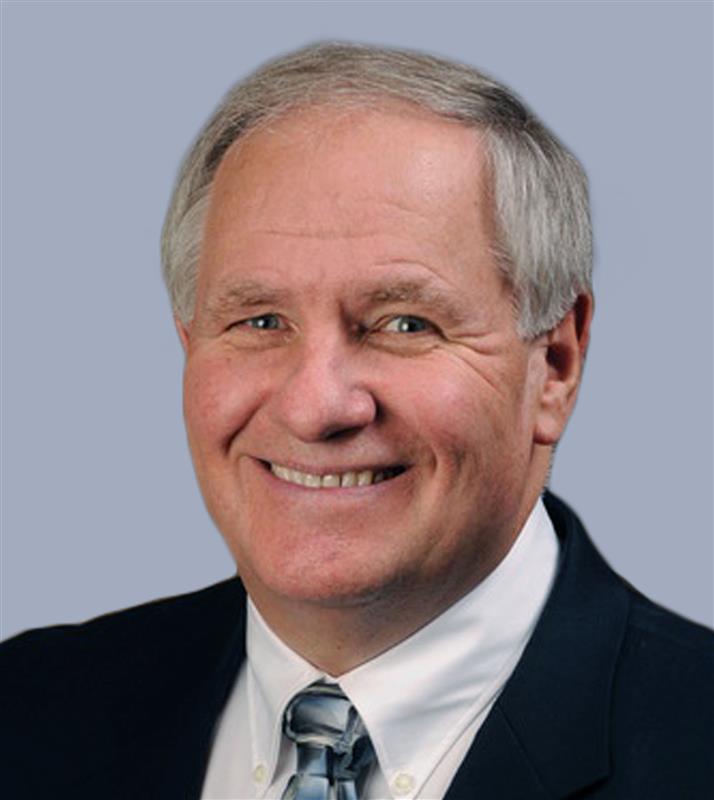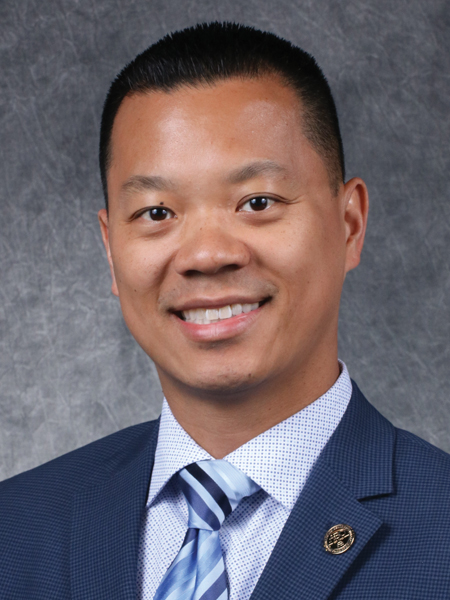Why Every Dentist Must Screen for Sleep-Related Breathing Disorders
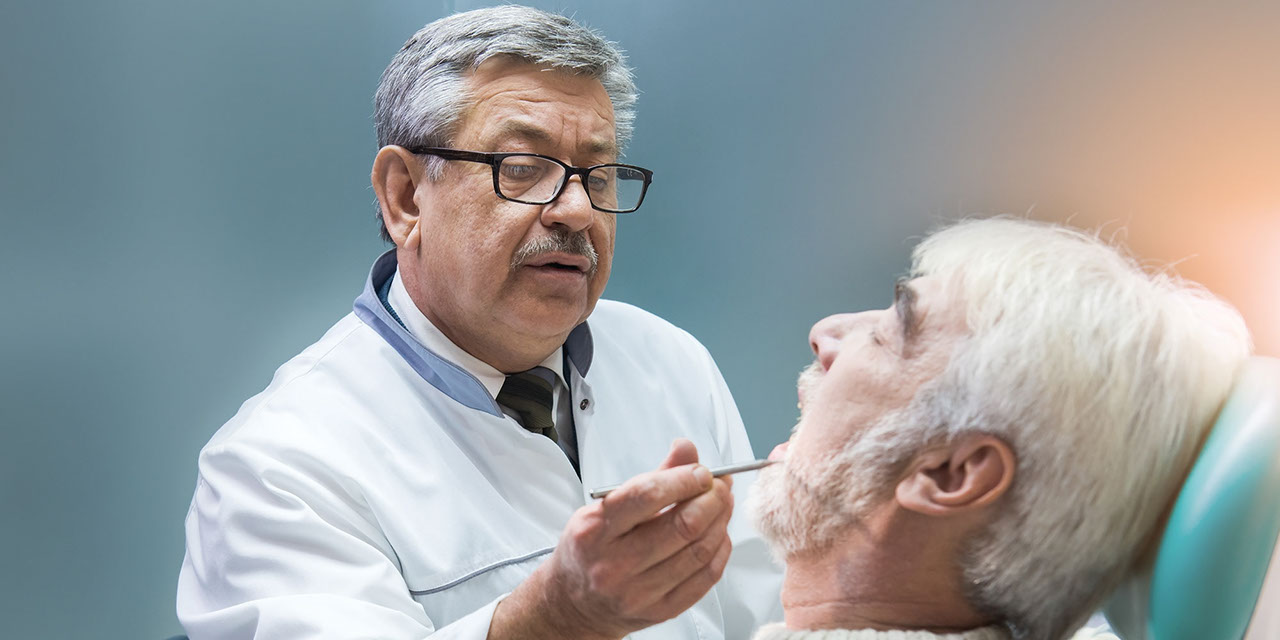
This is the first in a series of articles that will focus on the screening and treatment of patients with sleep-related breathing disorders (SRBDs). This article will outline why all dentists must screen their patients for SRBDs as well as potential legal implications.
In October 2017, the ADA adopted a resolution titled “The Role of Dentistry in the Treatment of Sleep Related Breathing Disorders.” This resolution states, in part, that “dentists are encouraged to screen patients for SRBD as part of a comprehensive medical and dental history ... If risk for SRBD is determined, these patients should be referred, as needed, to the appropriate physicians for proper diagnosis.”1 The ADA policy statement additionally recognizes the growing prevalence of sleep disorders found in pediatric dental patients: “In children, screening through history and clinical examination may identify signs and symptoms of deficient growth and development, or other risk factors that may lead to airway issues. If risk for SRBD is determined, intervention through medical/dental referral or ... treatment may be appropriate to help treat the SRBD and/or develop an optimal physiologic airway and breathing pattern.”1
The previous statement clearly places all dentists on legal notice that a reasonable and prudent practitioner would screen all patients for SRBDs. This is particularly true for patients presenting with a high probability of SRBDs.2
SRBD is an umbrella term used to describe several chronic sleep-related conditions in which there is a partial or complete blockage of airflow during sleep. Unfortunately, these events can occur many times throughout the night.3 The tongue, tonsils, uvula and soft palate may act in concert to restrict or completely block a patient’s airway during sleep. These airway restrictions are a direct result of anatomical characteristics, negative inspiratory pressure and gravity. A partial airway blockage can present as snoring. In more serious cases, the patient’s airway can be completely blocked for more than a minute.4

Dental practitioners should routinely screen all patients for SRBDs and provide immediate care for patients with significant SRBD symptoms.
Numerous studies have demonstrated that sleep-disordered breathing is both a prevalent phenomenon and associated with serious health consequences.5,6 When patients have an SRBD, their sleep is interrupted by repetitive events in which their breathing stops and starts. These airway events frequently result in daytime sleepiness or fatigue, which may interfere with a patient’s ability to function and reduces the patient’s quality of life.7 Symptoms may include snoring, pauses in breathing described by bed partners, and disturbed sleep. Obstructive sleep apnea (OSA), which is by far the most common form of sleep-disordered breathing, is associated with many other adverse health consequences, including an increased risk of death.8
Untreated sleep apnea has been directly linked to hypertension, strokes, heart attacks, Type 2 diabetes, cancer, dementia, industrial and automobile accidents, and even sexual dysfunction. Research has also shown that older adults with excessive daytime sleepiness and moderate to severe sleep apnea are more than twice as likely to die as those who don’t have it.8
While SRBDs are considered medical conditions, they fall squarely within the definition of the practice of dentistry. Therefore, from a legal perspective, with the adoption of the ADA protocol on SRBDs, every dentist must become very familiar with this condition and incorporate a screening protocol into their examination routine.
Unfortunately, failure to screen a patient for SRBDs can expose dentists to legal risks similar to those that result from a failure to screen for oral cancer. In 2010, the ADA issued a policy statement on the evaluation of all patients for oral cancer. Now, a decade after the adoption of this statement on screening for oral lesions, lawsuits for failing to screen for oral cancer are a common occurrence. Fortunately, as of the writing of this article, no lawsuits have been initiated based on any dentist failing to screen for SRBDs. However, as more attorneys become familiar with the ADA screening protocol for SRBDs, lawsuits are likely to appear in the future.
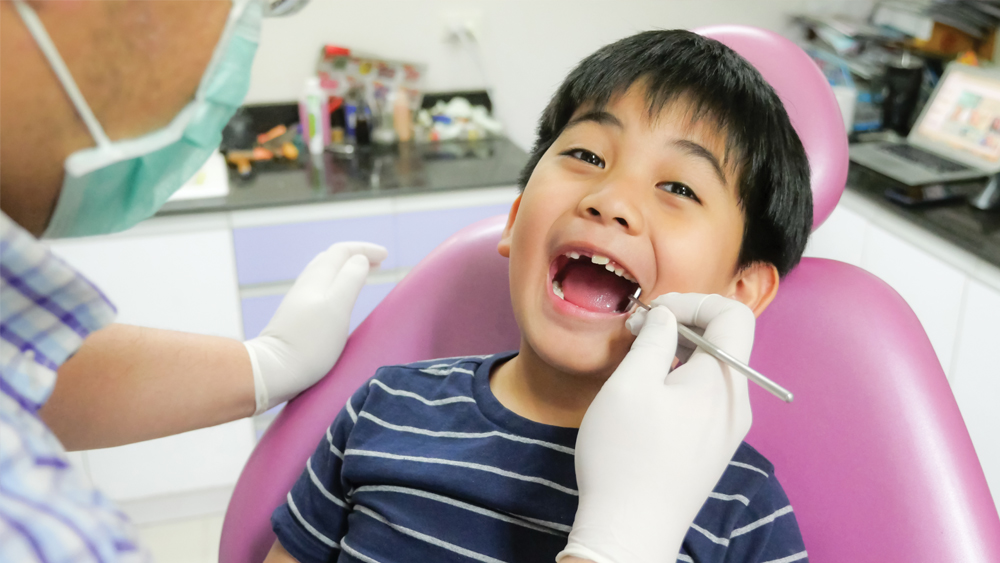
The ADA has recognized the growing prevalence of sleep disorders found in pediatric dental patients.
It is fairly easy to imagine various situations that might lead to liability for any dentist who fails to screen for SRBDs. One frightening scenario would be where a patient is seen by a dentist for a routine examination, then falls asleep while driving on the way home and hits a school bus. Patients with SRBDs can be very sleepy and, as a direct result, these patients may fall asleep at inappropriate times. Obviously, when a patient falls asleep while driving, there can be life-threatening consequences.
With the passing of the ADA protocol, a reasonable and prudent dental practitioner should routinely screen all patients for SRBDs and provide immediate care for those patients who present with significant signs and symptoms of SRBDs. In the meantime, until the next article in this series is published, ask all patients if they snore and if they would like to stop snoring. Asking all patients if they snore should legally qualify as a simple screening for SRBDs. After asking about the level of snoring, document that the patient was screened for SRBDs. If the patient is dangerously sleepy, provide a caffeinated energy drink and refer the patient to a sleep physician.
The next article in this series will discuss in detail other techniques that may be used to screen patients for SRBDs.
Related Articles
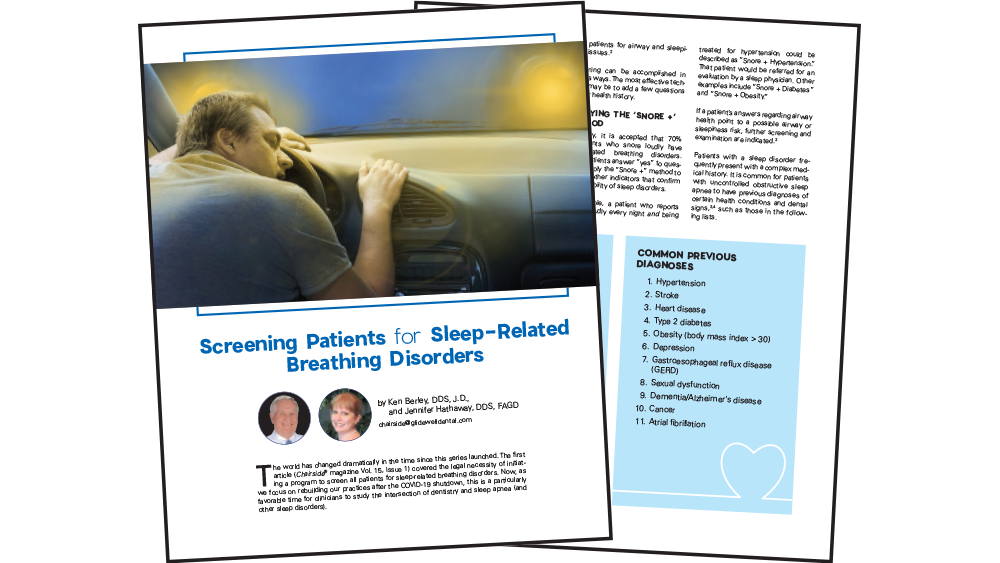
Click here for Part 2: "Screening Patients for Sleep-Related Breathing Disorders"

Click here for Part 3: "Providing Immediate Treatment: Introducing the PMAD Protocol"
References
- ^American Dental Association [internet]. Chicago: American Dental Association; c2019. The role of dentistry in the treatment of sleep related breathing disorders [cited 2019 Aug 25]. Available from: https://www.ada.org/-/media/project/ada-organization/ada/ada-org/files/resources/research/the-role-of-dentistry-in-sleep-related-breathing-disorders.pdf.
- ^Sanders AE, Essick GK, Fillingim R, et al. Sleep apnea symptoms and risk of temporomandibular disorder: OPPERA cohort. J Dent Res. 2013 Jul;92(7 Suppl):70S-7S.
- ^Al Lawati NM, Patel SR, Ayas NT. Epidemiology, risk factors, and consequences of obstructive sleep apnea and short sleep duration. Prog Cardiovasc Dis. 2009 Jan-Feb;51(4):285-93.
- ^Redline S, Larkin E, Schluchter M, et al. Incidence of sleep disordered breathing (SDB) in a population-based sample. Sleep. 2001;24:A294.
- ^Young T, Palta M, Dempsey J, Skatrud J, Weber S, Badr S. The occurrence of sleep-disordered breathing among middle-aged adults. N Engl J Med. 1993 Apr 29;328(17):1230-5.
- ^Leung RS, Bradley TD. Sleep apnea and cardiovascular disease. Am J Respir Crit Care Med. 2001 Dec 15;164(12):2147-65.
- ^Caples SM, Garcia-Touchard A, Somers VK. Sleep-disordered breathing and cardiovascular risk. Sleep. 2007 Mar;30(3):291-303.
- ^Young T, Finn L, Peppard PE, Szklo-Coxe M, Austin D, Nieto FJ, Stubbs R, Hla KM. Sleep disordered breathing and mortality: eighteen-year follow-up of the Wisconsin sleep cohort. Sleep. 2008 Aug;31(8):1071-8.

